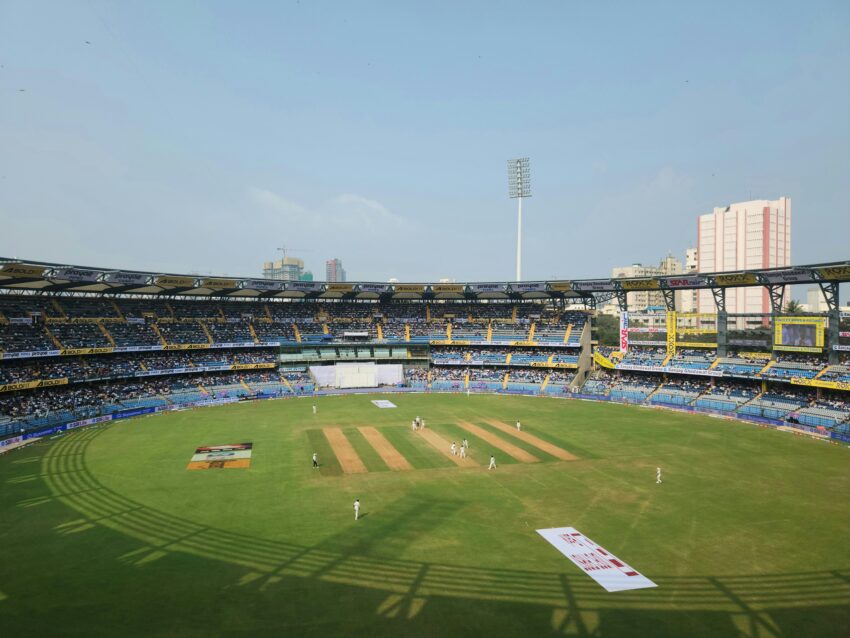Cricket, often regarded as a gentleman’s sport, has evolved into a sophisticated ecosystem where talent, equipment, and opportunities flow through various channels. At the heart of this transformation lies the concept of the diamond exchange a metaphorical marketplace where cricket’s most precious assets are traded, evaluated, and distributed across the sporting landscape.
Understanding the Diamond Exchange in Cricket Context
The term diamond exchange in cricket represents far more than a simple transaction platform. It embodies the intricate network through which cricket’s valuable commodities – whether they be player contracts, equipment innovations, or strategic partnerships – change hands. This sophisticated system operates on principles of supply and demand, quality assessment, and market dynamics that mirror traditional commodity exchanges.
In the cricket world, the diamond exchanges serves as the central hub where franchises, academies, equipment manufacturers, and talent scouts converge to identify and acquire the sport’s most valuable assets. Just as precious stones require expert evaluation, cricket talents and resources undergo rigorous assessment processes before entering this exclusive marketplace.
The Mechanics of Cricket’s Diamond Exchange
The modern cricket diamond exchange operates through multiple interconnected channels. Player auctions represent perhaps the most visible aspect of this system, where franchises compete to secure the services of premium talent. These events showcase the diamond exchange principle in action, with bidding wars reflecting the perceived value of individual players based on their skills, experience, and market appeal.
Beyond player transactions, the diamond exchanges encompasses equipment trading, where premium cricket gear changes hands between manufacturers, retailers, and end users. High-quality bats, protective equipment, and specialized training tools represent valuable commodities within this ecosystem, each carrying its own market value and desirability quotient.
Corporate sponsorships and partnership deals form another crucial component of the cricket diamond exchange. Brands seek association with successful teams and players, creating a secondary market where endorsement rights and promotional opportunities are traded like precious commodities.
Key Players in the Diamond Exchange Ecosystem
Several stakeholders contribute to the functioning of cricket’s diamond exchanges. Talent scouts act as the initial evaluators, identifying rough diamonds in grassroots cricket and presenting them to the broader marketplace. Their expertise in recognizing potential determines which players enter the exchange system and at what valuation.
Cricket academies serve as refinement centers within the diamond exchange, transforming raw talent into polished performers ready for professional cricket. These institutions add value to their students, increasing their market worth through specialized training and development programs.
Franchise owners and team management represent the primary buyers in this diamond exchange, making strategic decisions about which assets to acquire based on team requirements, budget constraints, and long-term objectives. Their success often depends on their ability to identify undervalued assets and maximize returns on their investments.
Quality Assessment in the Diamond Exchange
Just as traditional diamond exchanges rely on standardized grading systems, cricket’s marketplace has developed sophisticated evaluation criteria. Player statistics, performance metrics, fitness levels, and mental resilience all contribute to an individual’s market value within the diamond exchanges framework.
Advanced analytics have revolutionized how cricket assets are valued in the modern diamond exchange. Data scientists analyze vast amounts of performance information to predict future success, helping stakeholders make informed decisions about acquisitions and trades.
The reputation and track record of players, coaches, and even equipment manufacturers influence their standing within the diamond exchanges. Past performance, consistency, and reliability become crucial factors in determining market value and desirability.
Technology’s Impact on the Diamond Exchange
Digital transformation has significantly enhanced the efficiency and reach of cricket’s diamond exchange. Advanced scouting networks now utilize video analysis, performance tracking, and statistical modeling to identify and evaluate talent across global markets.
Virtual platforms have expanded the geographical boundaries of the diamond exchange, allowing stakeholders from different continents to participate in talent acquisition and equipment trading. This globalization has increased competition while providing greater opportunities for cricket assets to find their optimal market value.
Data analytics platforms serve as the modern equivalent of traditional diamond certification systems, providing detailed assessments and valuations that help stakeholders navigate the complex cricket marketplace with greater confidence.
Economic Dynamics of the Cricket Diamond Exchange
The cricket diamond exchanges operates under fundamental economic principles of supply and demand. Premium talent commands higher prices when demand exceeds supply, while market saturation in certain skill categories can depress values.
Seasonal fluctuations affect the diamond exchange dynamics, with pre-tournament periods typically seeing increased activity as teams finalize their rosters. International cricket calendars, domestic league schedules, and transfer windows all influence market timing and pricing strategies.
Currency fluctuations and economic conditions in different cricket-playing nations add complexity to international transactions within the diamond exchange, requiring sophisticated financial planning and risk management strategies.
Future Trends in the Diamond Exchange
The cricket diamond exchange continues evolving with emerging technologies and changing market dynamics. Artificial intelligence and machine learning are beginning to play larger roles in talent identification and valuation processes.
Sustainability considerations are gaining importance within the diamond exchange framework, with stakeholders increasingly focused on long-term development rather than short-term gains. This shift emphasizes player welfare, career longevity, and sustainable growth models.
The expansion of cricket into new markets creates additional opportunities within the diamond exchange system. As the sport gains popularity in non-traditional cricket nations, new sources of talent and investment capital enter the marketplace.
Maximizing Value in the Diamond Exchange
Success in cricket’s diamond exchange id requires strategic thinking, market knowledge, and timing expertise. Stakeholders who understand market cycles, identify emerging trends, and build strong networks tend to achieve better outcomes in their transactions.
Diversification strategies help participants manage risk within the diamond exchange environment. Rather than concentrating resources on single assets, successful operators often maintain balanced portfolios that can weather market fluctuations.
Continuous learning and adaptation remain essential for long-term success in the cricket diamond exchange. As the sport evolves and new technologies emerge, stakeholders must stay informed about changing dynamics and adjust their strategies accordingly.
